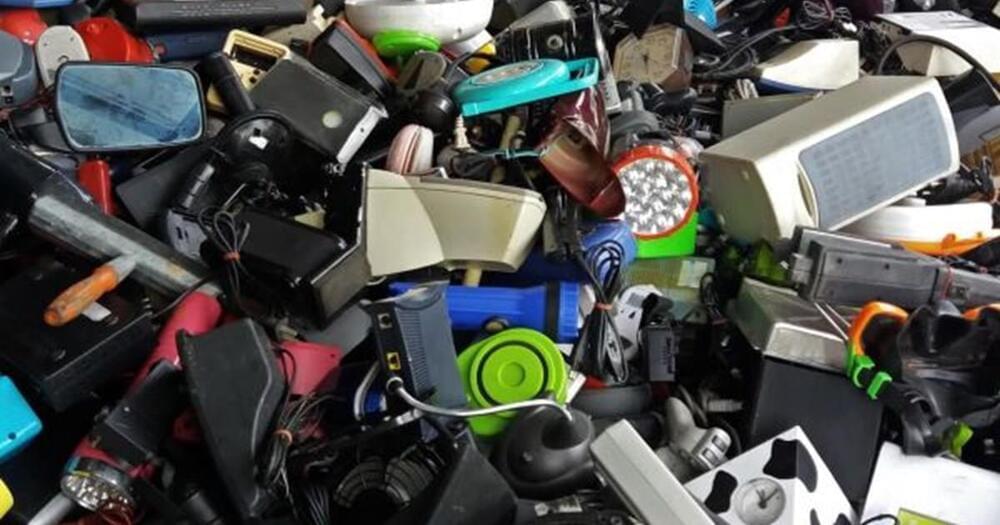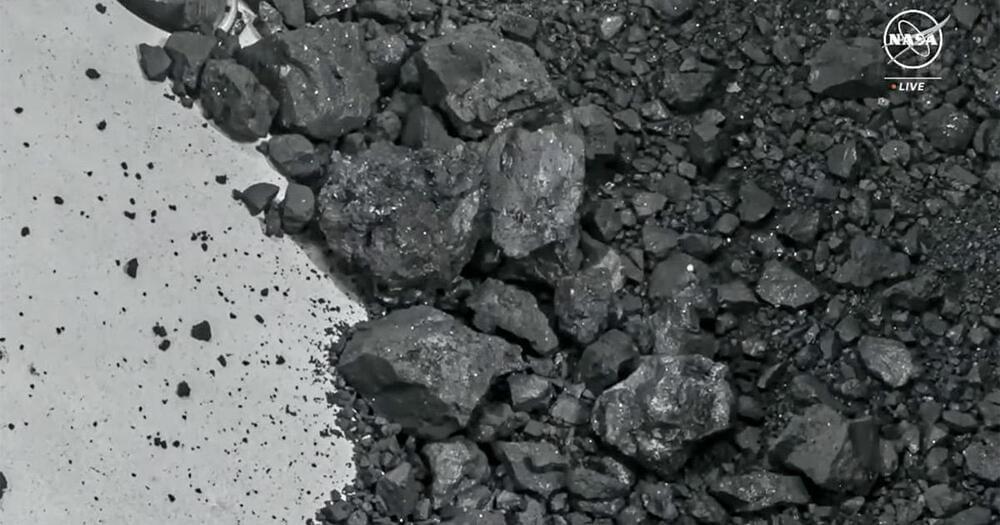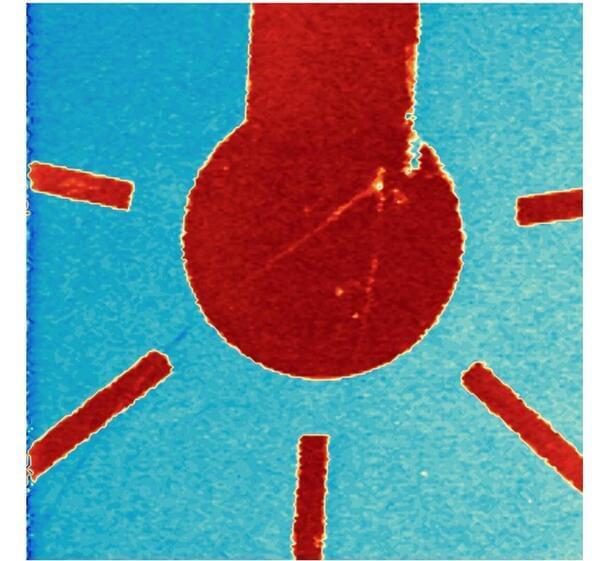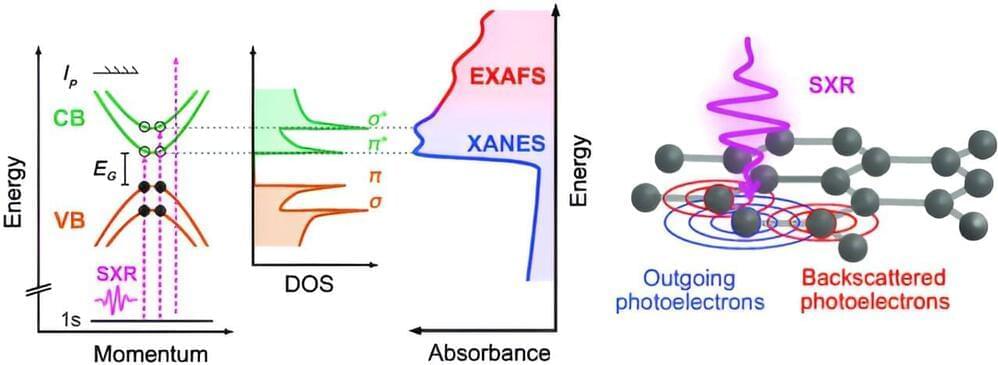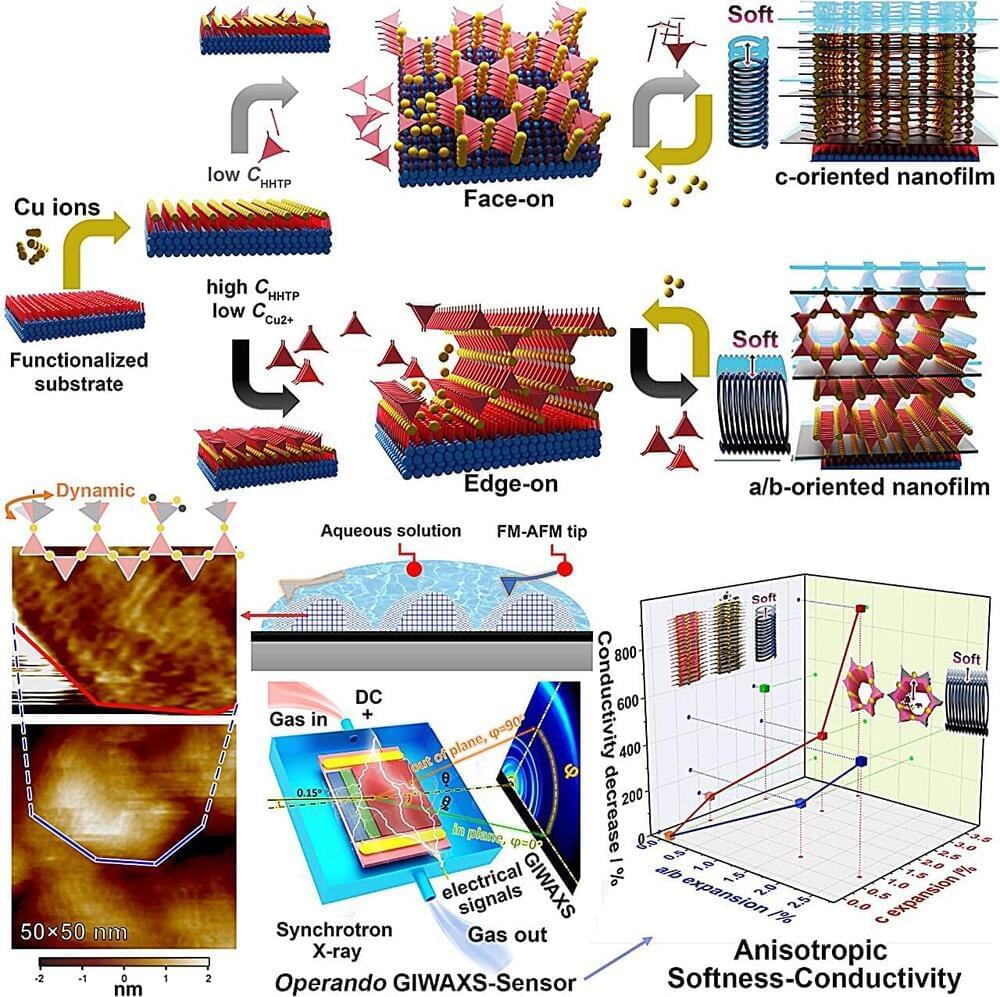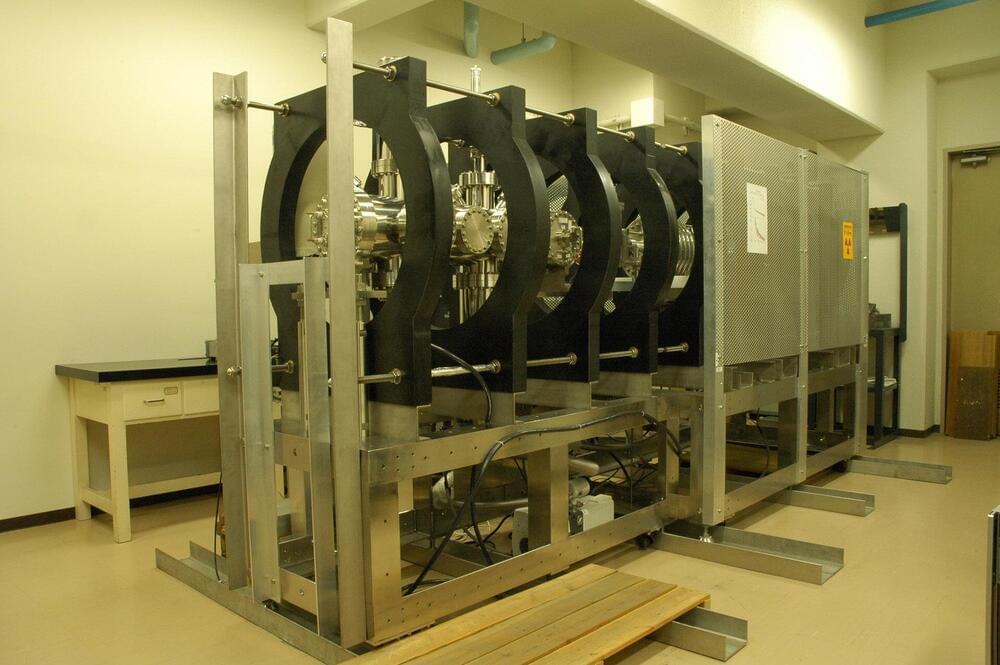Oct 14, 2023
SOM-backed Prometheus Materials turns algae-like composite into masonry blocks
Posted by Kelvin Dafiaghor in category: materials
Colorado-based Prometheus Materials has developed masonry blocks from a low-carbon cement-like material grown from micro–algae.
The blocks, which meet the American Society for Testing and Materials (ASTM) standards, were made using an organic cement-like material grown in bioreactors that reproduces itself in ways similar to coral.
“Coral reefs, shells, and even the limestone we use to produce cement today show us that nature has already figured out how to bind minerals together in a strong, clever, and efficient way,” said Prometheus Materials co-founder Wil V Srubar III.


